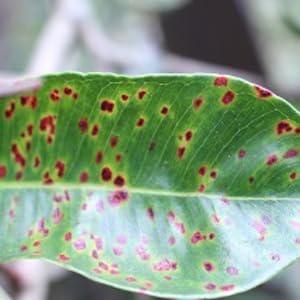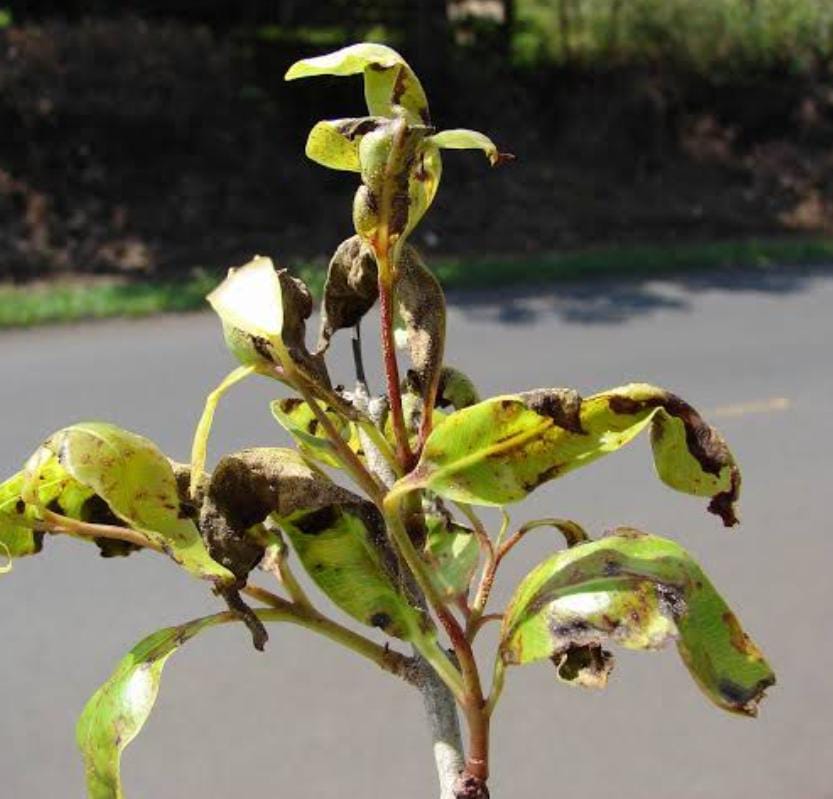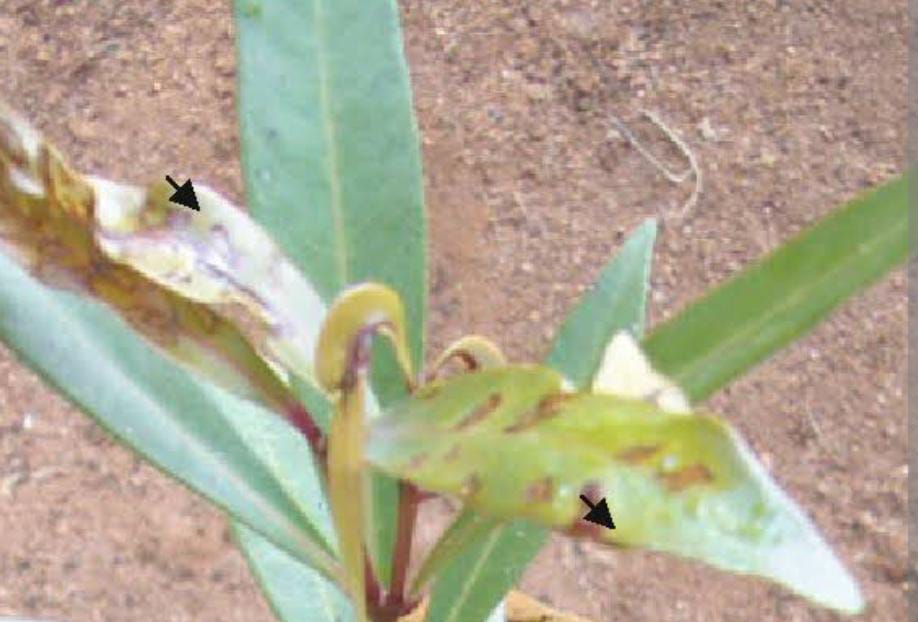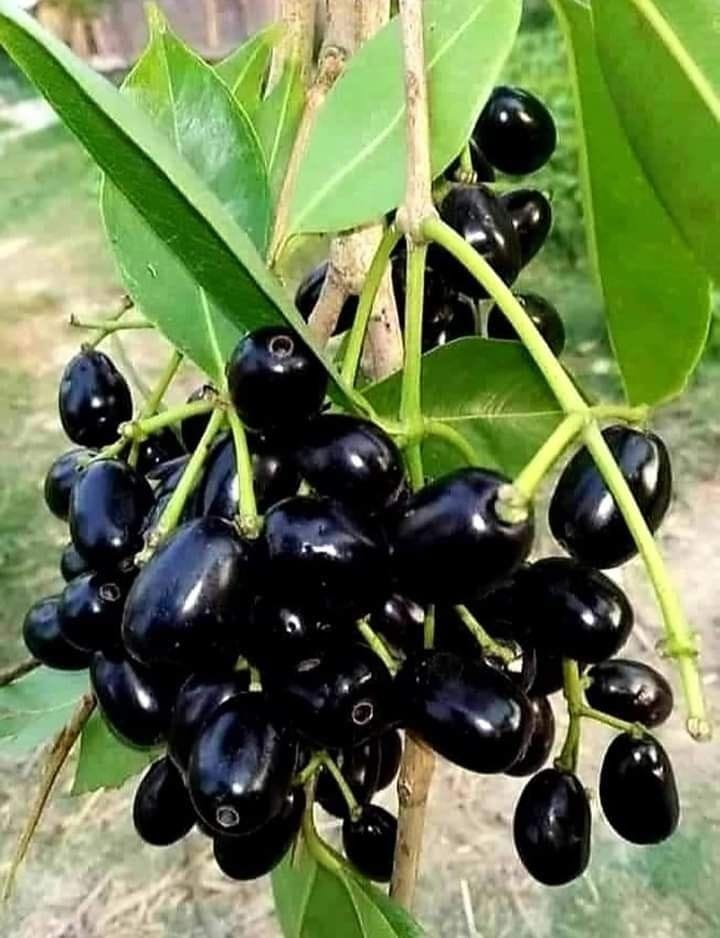Black Syzygium Plant
BLACK SYZYGIUM, a specific plant, may have varying care requirements. Generally, it's essential to provide well-draining soil, appropriate sunlight, and regular watering. Pruning and fertilizing practices may vary based on the specific characteristics of this plant.
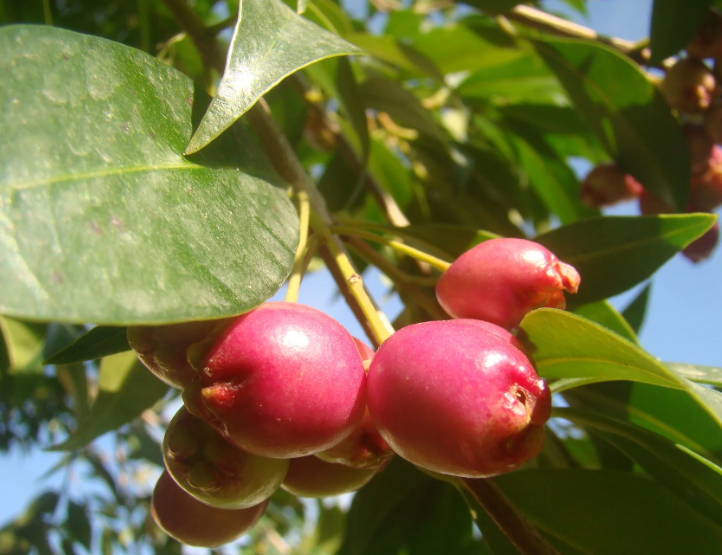
Habit
Tree
Height
5-10 m
Growth
Moderate
Soil
Well Drained, Loamy
Shade
Full Sun
Moisture
Moist
Edible
Yes [Fruit]
Medicinal
Yes
Origin
India, Southeast Asia
Climatic Condition
Tropical, Subtropical
Temperature (°)
20-30°C
Humidity (%)
60-80%
Potting media
Peat + Sand
Fertilizers
Balanced NPK (10:10:10)
Watering
Regular watering
Plant Weight
500-700 g
Flowering Time
Summer to Fall
Soil Ph level
6.0-7.0
Water Ph level
6.5-7.0
Soil EC
1.1 dS/m
Yield Per Plant
50-100 kg per tree per year
NPK ratio
15:10:10
life Span
5-10 years
Health Benefits
Edible fruit, anti-inflammatory
Common Diseases and Remedies
Leaf blight.
Irregular brown spots often beginning on the leaf margins.
Prune plants to improve air circulation reduce fungal problems.
HEALTH BENEFITS
· Many Syzygium species (e.g., Syzygium cumini, Java Plum) are rich in antioxidants.
· Helps regulate blood sugar, making it beneficial for diabetics.
· Supports liver and heart health.
What Is An Black Syzygium Tree?
Syzygium cumini, commonly known as black plum, is a fast-growing, attractive evergreen shrub or tree with a dense crown of leaves. The flowers are greenish-white. The fruit is elongated and black, juicy and shiny when fully ripe.
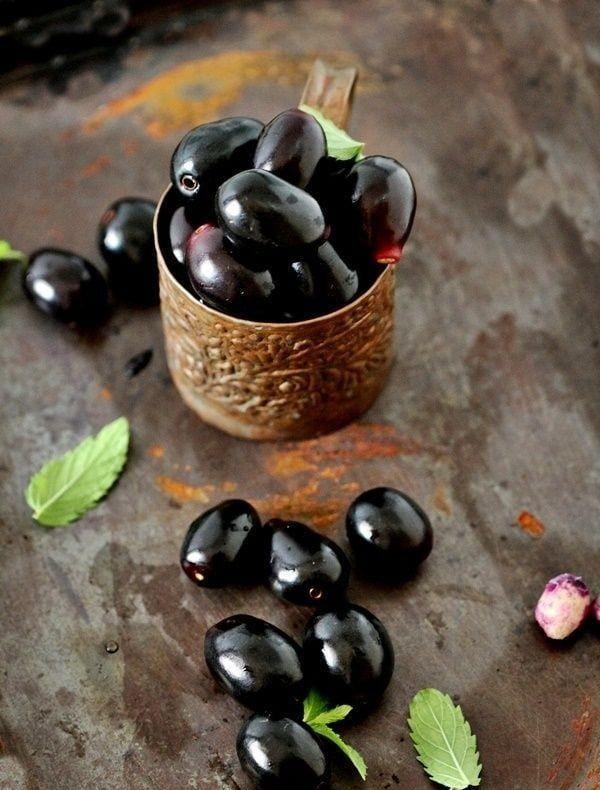
What Are The Different Types Of Black Syzygium Plants?
1. Jambolan
It is a variety known for its medium-sized fruit with a sweet and tangy taste.
2. Arka Kiran
This variety is known for its high yield and larger fruits than other varieties.
3. Arka Manik
Another great product, Arka Manik produces medium to large sized, purple coloured and sweet fruits.
4. Arka Amulya
This variety is valuable in terms of its fruits and diseases, pests.
5. Black Pearl
Black Pearl is known for its early planting and fruiting, making it suitable for gardens and small spaces.
How to Care Black Syzygium Plants ?
1. Location
Syzygium has been introduced to islands in the Pacific and Indian Oceans, including Australia, Hong Kong, and Singapore. This tree was introduced to Florida and is commonly grown in tropical and subtropical regions around the world.
2. Sunshine
Jamun trees thrive in full sunlight. Make sure your plants receive at least 6 to 8 hours of direct sunlight each day. This promotes healthy growth and fruit development.
3. Soil
Syzygium cumini prefers well-drained soil with a slightly acidic to neutral pH. Loamy soil rich in organic matter is ideal. Good drainage is important to avoid water blockages that can lead to root rot.
4. Hydration
Keep the soil constantly moist, especially during the growing season. Water the plant regularly and allow the topsoil to dry slightly between waterings. Reduce watering during the dormant period. Avoid overwatering as this may cause root problems.
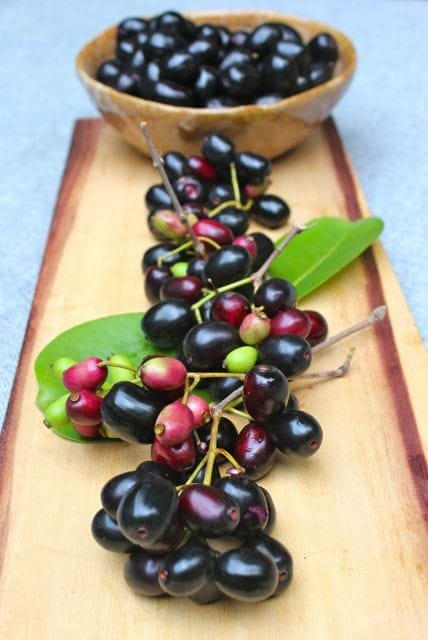
5. Nourishment
Feed Syzygium cumini with a balanced, slow-release fertilizer during the growing season (spring and summer). Follow the manufacturer's instructions for application amount. Organic fertilizers, such as well-rotted compost and manure, are also helpful.
6. Issues
There are several issues in Black Syzygium , the main and important issue is Pest and Disease attack . Heavy water leads to water logging conditions which results in root rot , etc.
What are the Benefits of Black Syzygium ?
Both seeds and fruit have diuretic properties , It has important digestive and astringent properties , Seeds help lower blood sugar levels and have a positive effect on diabetes treatment , Good for heart health and blood pressure , Excellent for oral health , Has anti-infective effects , Used as a home remedy for pain .
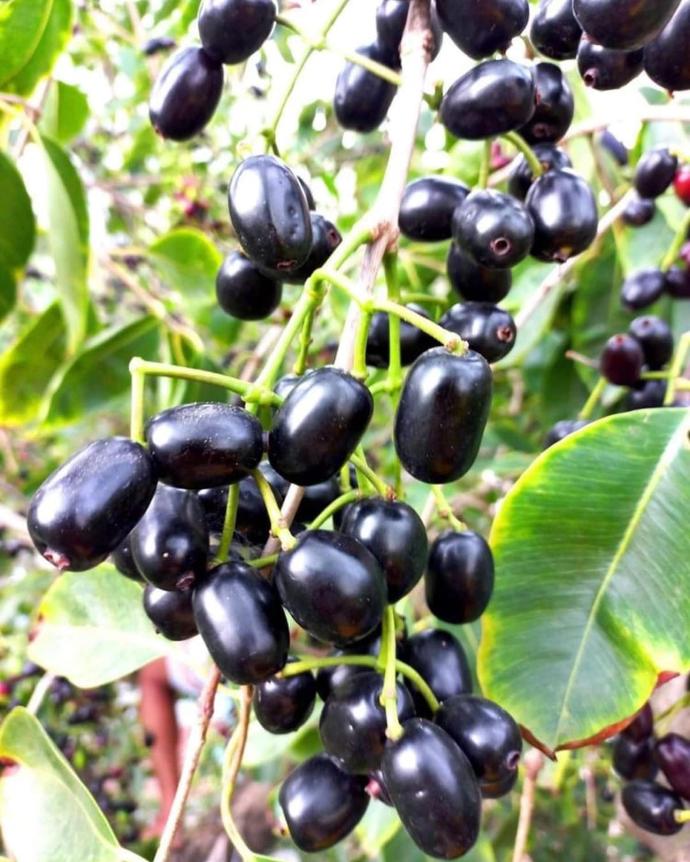
FAQs About Growing Black Syzygium
1. What is the Black Syzygium fruit ?
Jamun is a summer fruit with a deep purple hue bordered by black and pinkish-white flesh .
2. What do black syzygium fruits look like ?
Jamun fruits are elongated or oval with curved and blunt ends. It's a little bigger than a blueberry.
3. When in the year can I get the fruits ?
Jamun fruits are grown almost all year round in tropical and subtropical climates, with the peak season being in summer.
4. What is the local name of Syzygium ?
The list of common names of the plant derived from the local names of its homeland is also long, including jamun, jambo orchid, jamboran plum, jambul, black plum, Java plum, Indian blackberry, Portuguese Includes plum, Malabar plum, plum, and purple. Plum, damson plum, duhat jambu, damson plum.
